Ask AI on The Internet
Question: QUESTION 1 In your own words, write a short description of the following concepts: 1.1 Inclusive Education. (2) 1.2 A transformative teacher. (2) 1.3 Special school. (2) 1.4 Barriers to learning. (2) 1.5 Social isolation. (2) (2X5=10) QUESTION 2 One of the responsibilities of the teacher as an agent of inclusivity is to be able to identify and address diversity in the classroom. Hence UNESCO (2001) highlights a nine-point plan for a teacher to deal with diversity in the learning environment. In relation to the above statement name and briefly explain by giving classroom related examples any 4 of the suggested nine-point plan (You will get one mark for naming and two marks for explaining using classroom related examples). ` (4X3=12) QUESTION 3 It is the teachers’ responsibility to create an enabling learning environment for learners by bringing in seven principles that optimise or boost learning. Read the following activities given to learners. Identify and write down one S.P.E.C.I.A.L principle that is demonstrated in each activity. NB: These principles are stated in Learning Unit 7 of your learning guide. Do not rewrite the statements. 3.1. When the Grade 5 Economic Management Sciences (EMS) class is given a task to role-play entrepreneurship day. (2) 3.2. A group practical activity to demonstrate the concept “evaporation causes cooling” in a science classroom. (2) BTE2601 ASSESSMENT 04/2024 3.3. Grade 9 Natural Science class learners asked if a cup of cold water and a cup of cold milk are placed in a refrigerator at the same time, which one will freeze first’? (2) 3.4. Learners writing a mid-year examination. (2) 3.5 Grade 3 learners singing the song of ‘alphabets. (2) 3.6 A Mathematics re-test on mixed fractions is given to grade 4 learners. (2) 3.7 A research activity about the relationship between the learner’s blood groups and the appropriate food to eat. (2) [14] QUESTION 4 4.1 Explain in detail any three benefits of a caring learning environment. (3X3=9) 4.2 Name five main entrepreneurial skills.
Sure, let's break down your questions as requested: ### QUESTION 1: Concept Descriptions **1.1 Inclusive Education (2)** Inclusive education refers to a teaching approach where students of all backgrounds and abilities learn together in the same classrooms. The goal is to create an educational environment where all students, including those with special needs, have equal access to learning and participation. **1.2 A Transformative Teacher (2)** A transformative teacher is an educator who goes beyond conventional teaching methods to inspire and empower students. They focus on cultivating critical thinking, encouraging personal growth, and fostering a sense of social responsibility and change. **1.3 Special School (2)** A special school is an educational institution designed specifically for students with special educational needs. These schools have tailored curriculums and facilities to support children with disabilities, providing specialized instruction and resources. **1.4 Barriers to Learning (2)** Barriers to learning are obstacles that hinder a student’s ability to learn effectively. These can be physical, emotional, social, or cognitive issues, such as disabilities, lack of resources, language barriers, or socio-economic factors. **1.5 Social Isolation (2)** Social isolation refers to the lack of social interactions and relationships with peers, which can affect an individual’s emotional and psychological well-being. In a school setting, it can lead to feelings of loneliness and disconnection from classmates. ### QUESTION 2: UNESCO's Nine-Point Plan Regarding UNESCO's nine-point plan for dealing with diversity: 1. **Building Awareness of Diversity (1)** **Explanation: (2)** Create a classroom culture that celebrates diversity. For instance, incorporate lessons about different cultures during history classes. Encourage students to share their backgrounds and traditions. 2. **Developing Inclusive Policies (1)** **Explanation: (2)** Implement classroom rules that promote respect and inclusivity. This might include policies against bullying and discrimination, ensuring every student feels safe and valued. 3. **Adapting Teaching Methods (1)** **Explanation: (2)** Use various teaching methods to cater to different learning styles. For example, combine visual aids, hands-on activities, and auditory instructions so that visual, kinesthetic, and auditory learners all benefit. 4. **Providing Supportive Resources (1)** **Explanation: (2)** Ensure that learning materials are accessible to all students, including those with disabilities. This might include using braille books for visually impaired students or having a sign language interpreter for students with hearing impairments. ### QUESTION 3: S.P.E.C.I.A.L Principles Identify the principle from the following activities: 3.1 **Entrepreneurship Day Task** **Principle: Contextualization (2)** 3.2 **Science Experiment on Evaporation and Cooling** **Principle: Practicality (2)** 3.3 **Predicting Freezing Outcomes in a Science Class** **Principle: Inquiry (2)** 3.4 **Mid-Year Examination** **Principle: Assessment (2)** 3.5 **Singing the Alphabets Song in Grade 3** **Principle: Engagement (2)** 3.6 **Mathematics Re-test on Mixed Fractions** **Principle: Reinforcement (2)** 3.7 **Research on Blood Groups and Nutrition** **Principle: Application (2)** ### QUESTION 4: Caring Learning Environment and Entrepreneurial Skills **4.1 Three Benefits of a Caring Learning Environment (3X3=9)** 1. **Boosts Academic Performance (3)** A supportive environment helps students feel valued and motivated, leading to increased academic engagement and higher achievement. 2. **Enhances Emotional Well-Being (3)** Students who feel cared for are more likely to develop a positive self-image and emotional resilience, which can reduce anxiety and improve overall mental health. 3. **Promotes Social Skills (3)** In a caring learning environment, students develop better social relationships and empathy. Collaborative activities and positive interactions with peers are encouraged, fostering a sense of community. **4.2 Five Main Entrepreneurial Skills (5)** 1. **Creativity** 2. **Problem-Solving** 3. **Resilience** 4. **Communication** 5. **Financial Literacy** This should provide you with a comprehensive breakdown of the questions. If you need more details or further assistance, feel free to ask!
Think your answer is better than the AI's? Post it below.
Other Most Relevant Posts:
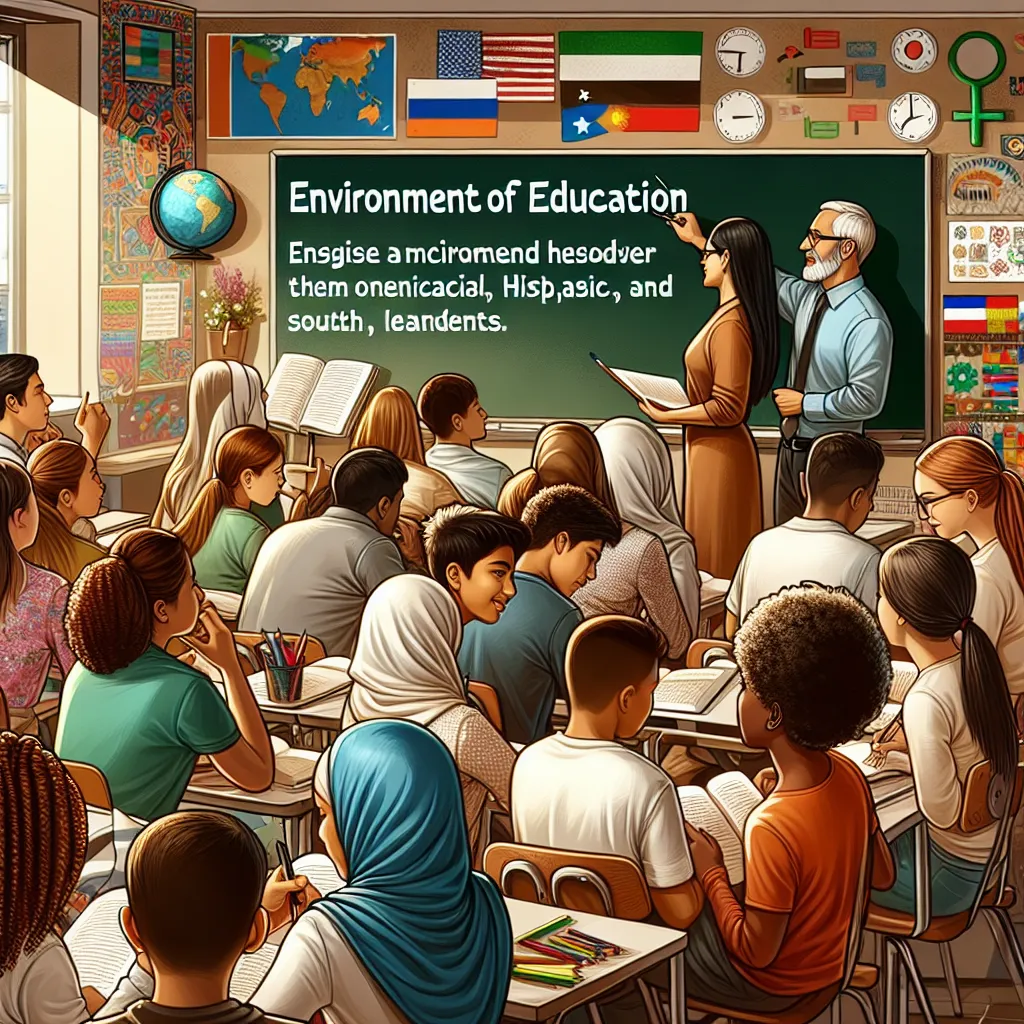 ### 1
1. Inclusive Education
2. Transformative Teacher
3. Special School
4. Barriers to Learning
5. Social Isolation
### 2
1. Assessing Individual Needs
2. Promoting Collaborative Learning
3.
### 1
1. Inclusive Education
2. Transformative Teacher
3. Special School
4. Barriers to Learning
5. Social Isolation
### 2
1. Assessing Individual Needs
2. Promoting Collaborative Learning
3.
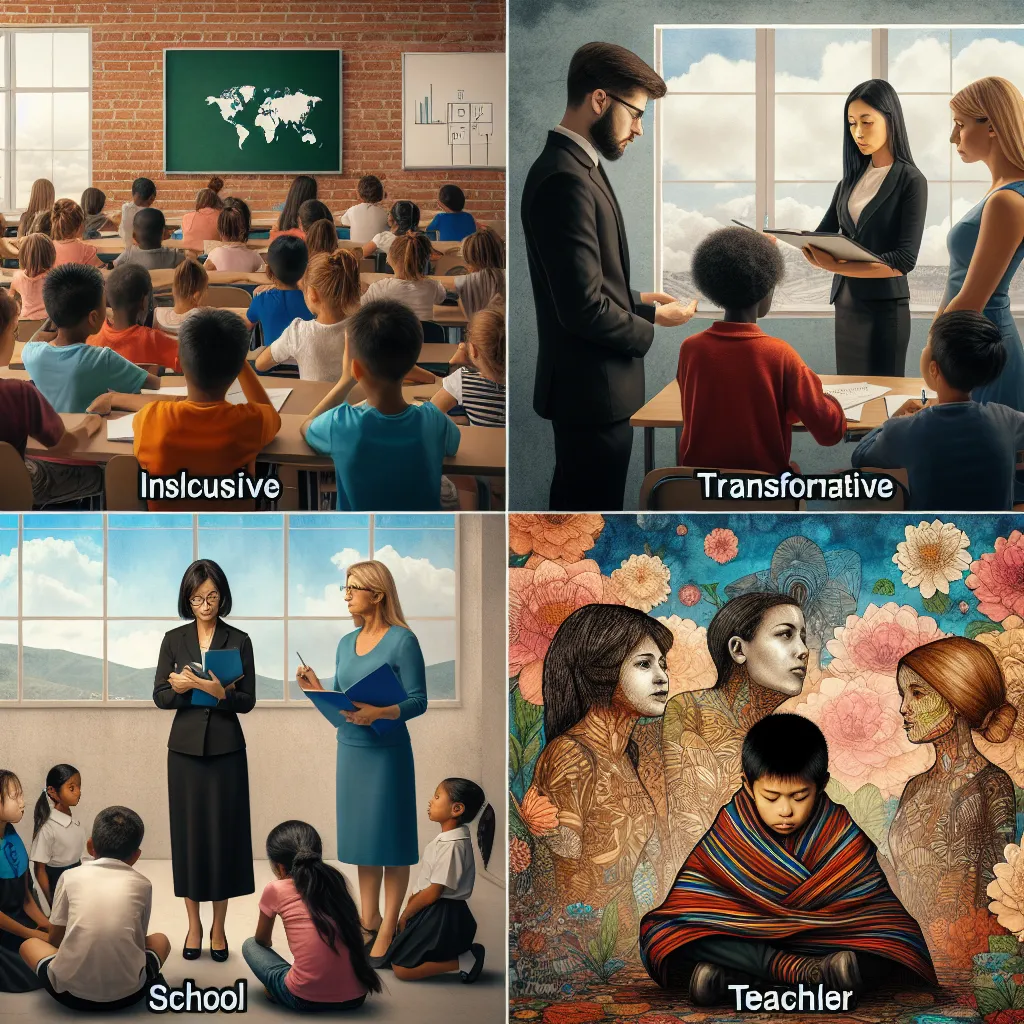 1. Inclusive Education
2. Transformative Teaching
3. Special Schooling
4. Learning Barriers
5. Addressing Social Isolation
6. Embracing Diversity
7. Adaptive Teaching
8. Building Relationships
9.
1. Inclusive Education
2. Transformative Teaching
3. Special Schooling
4. Learning Barriers
5. Addressing Social Isolation
6. Embracing Diversity
7. Adaptive Teaching
8. Building Relationships
9.
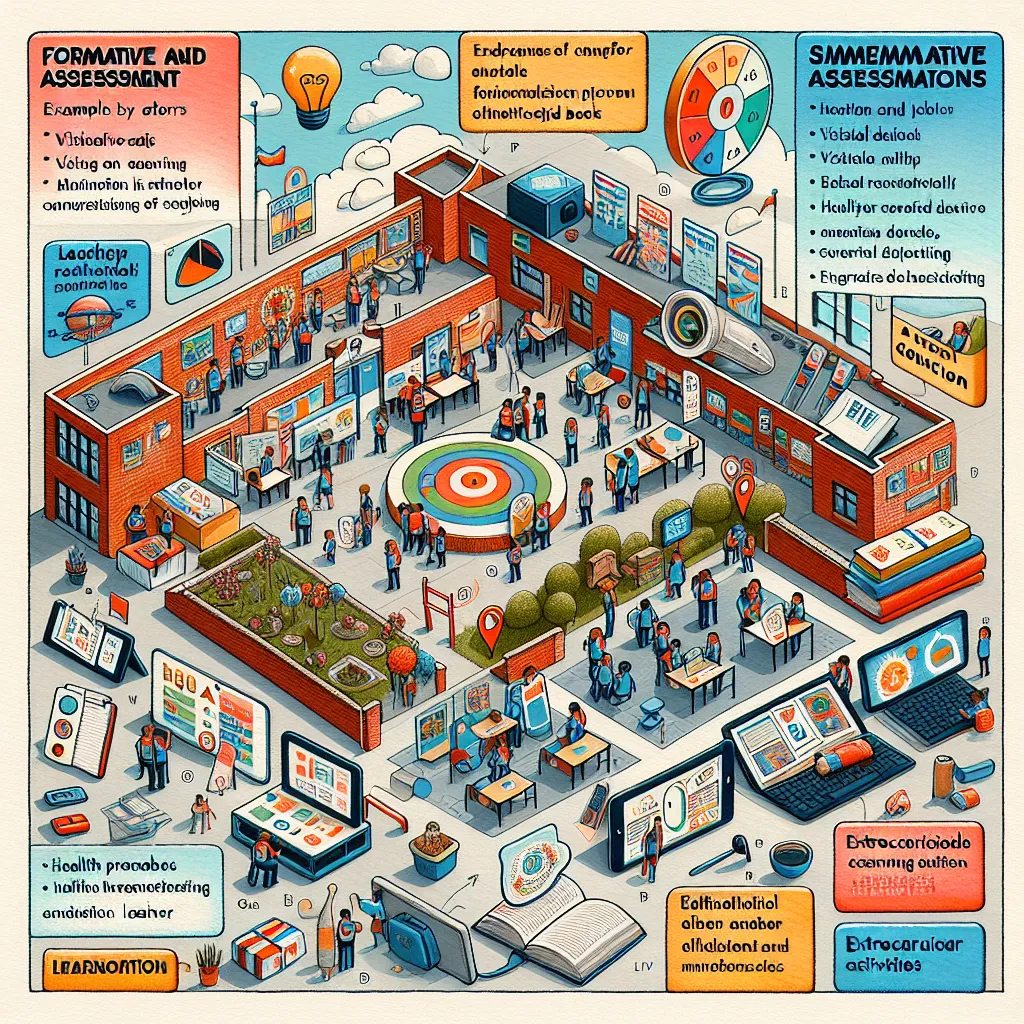 ### Assessment Reflection
### Assessment Tools
### Summative Assessments
### Teaching Aids
### Projector Benefits
### School Technology
### Missing Learning Media
### Written Work Control
### Fee
### Assessment Reflection
### Assessment Tools
### Summative Assessments
### Teaching Aids
### Projector Benefits
### School Technology
### Missing Learning Media
### Written Work Control
### Fee
Question Tags
If you want your question answered by an AI, click here.
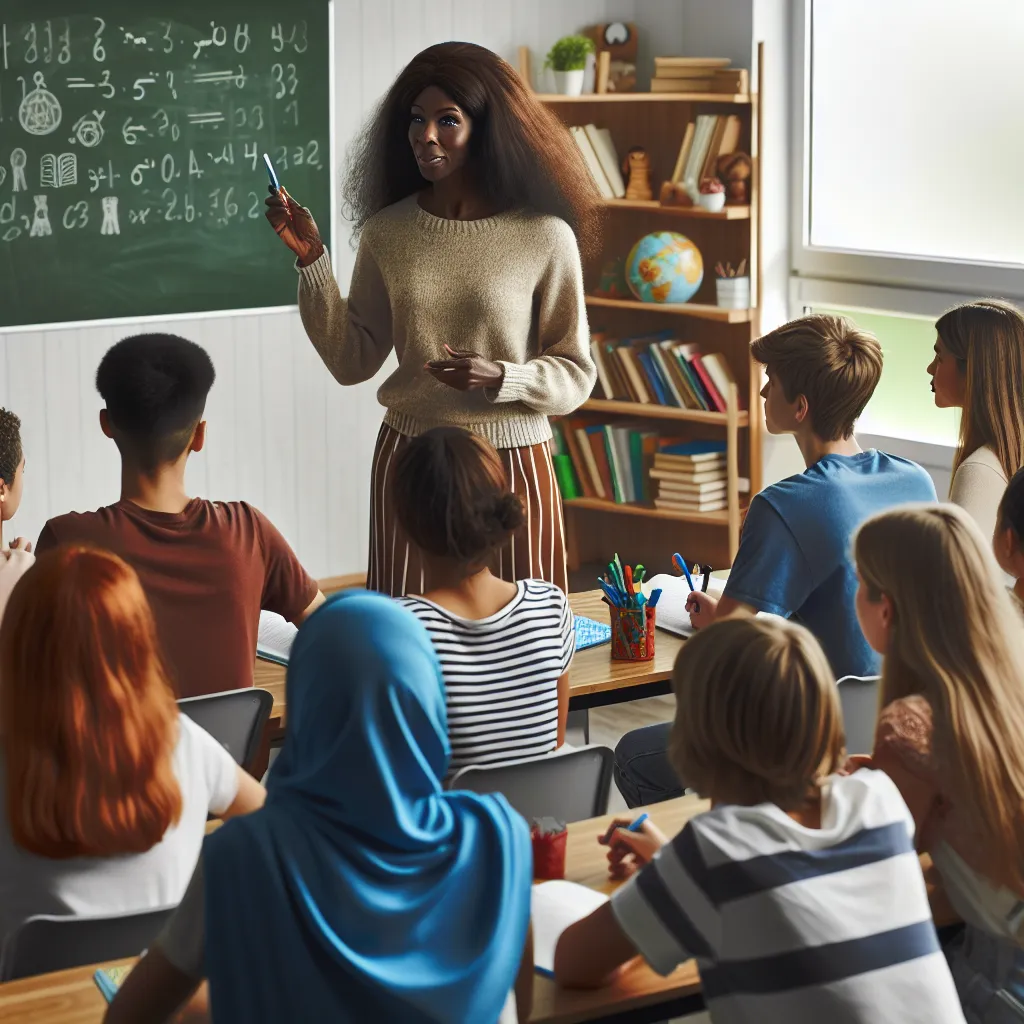


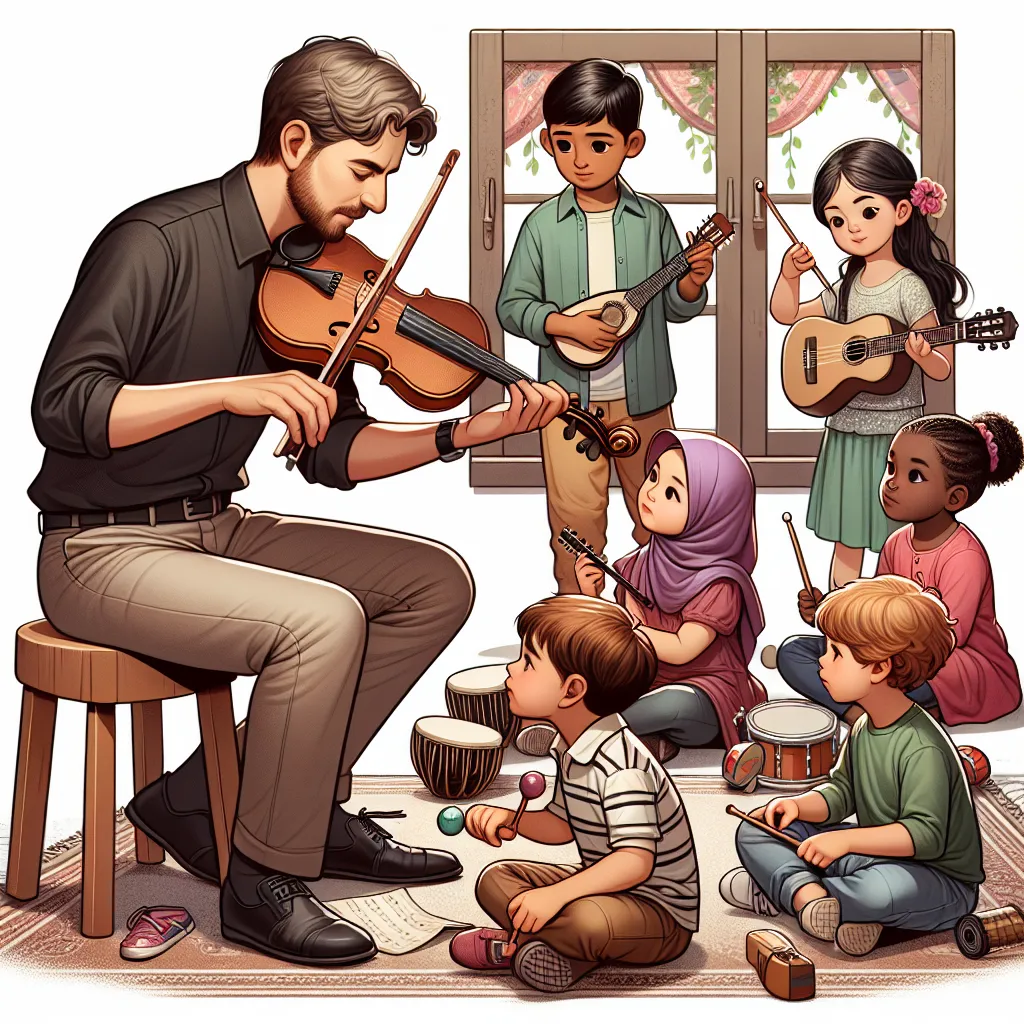
Post your own comment: